- Shiptheory

Which social media platform works better for your e-commerce business?
Whether your goal is brand awareness, lead generation, increasing web traffic, online conversions, getting to know your customers better, or even finding ways to improve your customer service, social media is a vital tool for every business. Over 2.8 billion people have access to the internet today, and according to a study by PEW Research Centre, 74% of the adult users have social media profiles. Most importantly, a significant number of them are using social media to make purchasing decisions; therefore, a strong social media presence can improve your brand’s value to potential customers by influencing their purchase decisions.
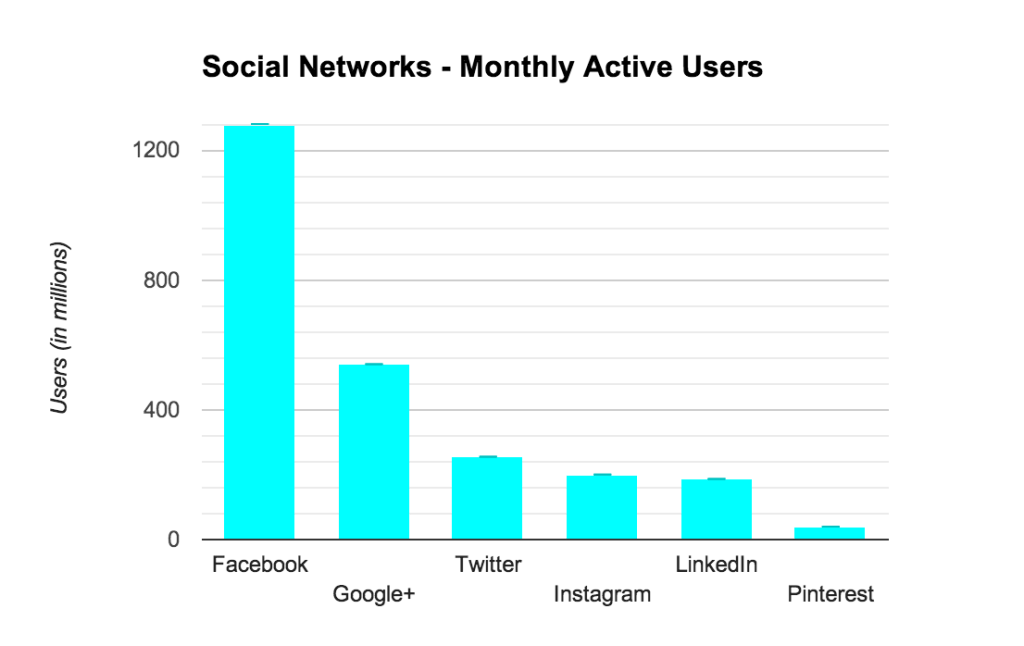
First and foremost, social media is one of the cheapest forms of marketing available, and if your business makes proper use of them, it can expose you to over 1,000 people for less than $3 on average. The metric that defines that is called CMP (cost per thousand impressions) and measures how much money a company needs to spend on a form of advertising in order to reach 1,000 people. The next graph compares social media’s CMP with other types of marketing:
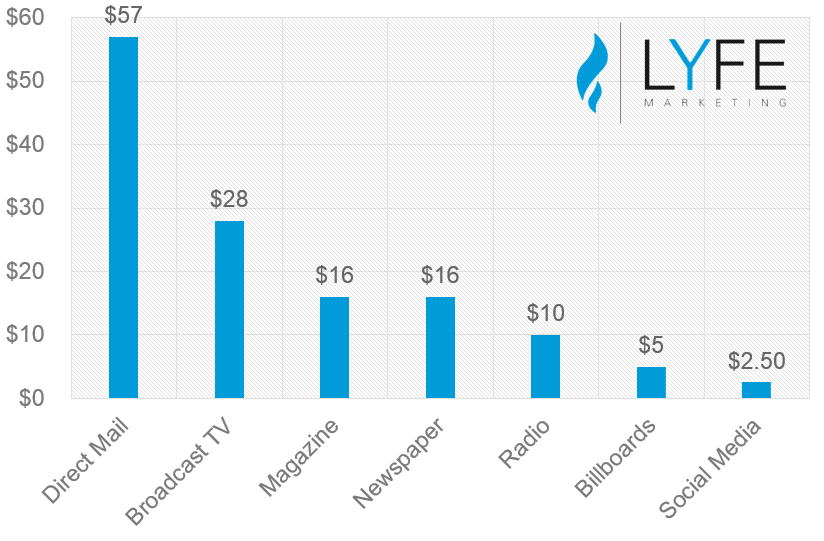
Apart from being one of the cheapest marketing tools, social media are direct, real-time, and reciprocal. You can promote new products and services without any delay, reach new audiences and demographics, be able to communicate with your customers and guide them through the buying process in a two-way format, and learn easier and faster about their preferences, needs, questions, complaints, concerns, and more. Additionally, the more engaged you keep your customers through your social media pages, the more likely it is they refer your products or services to a friend. According to a study by HubSpot, 71% of people are more likely to purchase based on social media referrals.
Last but not least, although Google’s official position is that their algorithm does not directly use social media signals, many independent studies strongly suggest that social media presence indeed does influence search engine rankings. There is significant evidence that shows a substantial correlation with high-ranking pages having strong social media activity. Consequently, having a strong social media presence can potentially increase your SEO (search engine optimisation) strength by generating referral traffic back to your company’s site, and regularly creating cheap and easy to build backlinks among other.
Unfortunately, being on too many social media platforms at the same time can negatively affect your productivity. If your business does not have a dedicated social media marketing team, managing and maintaining multiple social media platforms can be tremendously time-consuming. Therefore, it is imperative to very carefully and explicitly define your goals. Pinpointing your objectives will help determine not only which social media platforms to focus on, but also your online target audience, as well as the type of content you need to create to meet your targeting objectives.
Moreover, there is plenty of social media management software available like Buffer, Sprout Social, and Hootsuite, that allow you to manage multiple accounts, schedule posts, analyse social media traffic, and more. And if you decide to invest time and effort building your social media presence, you need to be able to track your results in order to monitor your success. Google Analytics’ Social Tracking feature is a great free tool for monitoring basic social interactions. If you want more specialised tools, Hootsuite, Buffer, and Sprout Social offer great social media analytics.
An excellent guide on how to understand and track social media metrics can be found here.
4 + 1 Social Media Platforms for your E-commerce Business
Facebook is the world’s most widely used social network with 2.41 billion daily active users; it is excellent for reaching a large number of people from all around the world, and it can turn leads into followers, and subsequently customers. Facebook’s advertising platform is the most developed of all the social media platforms, and you can use it to run advertising campaigns or simply increase the exposure of your posts.
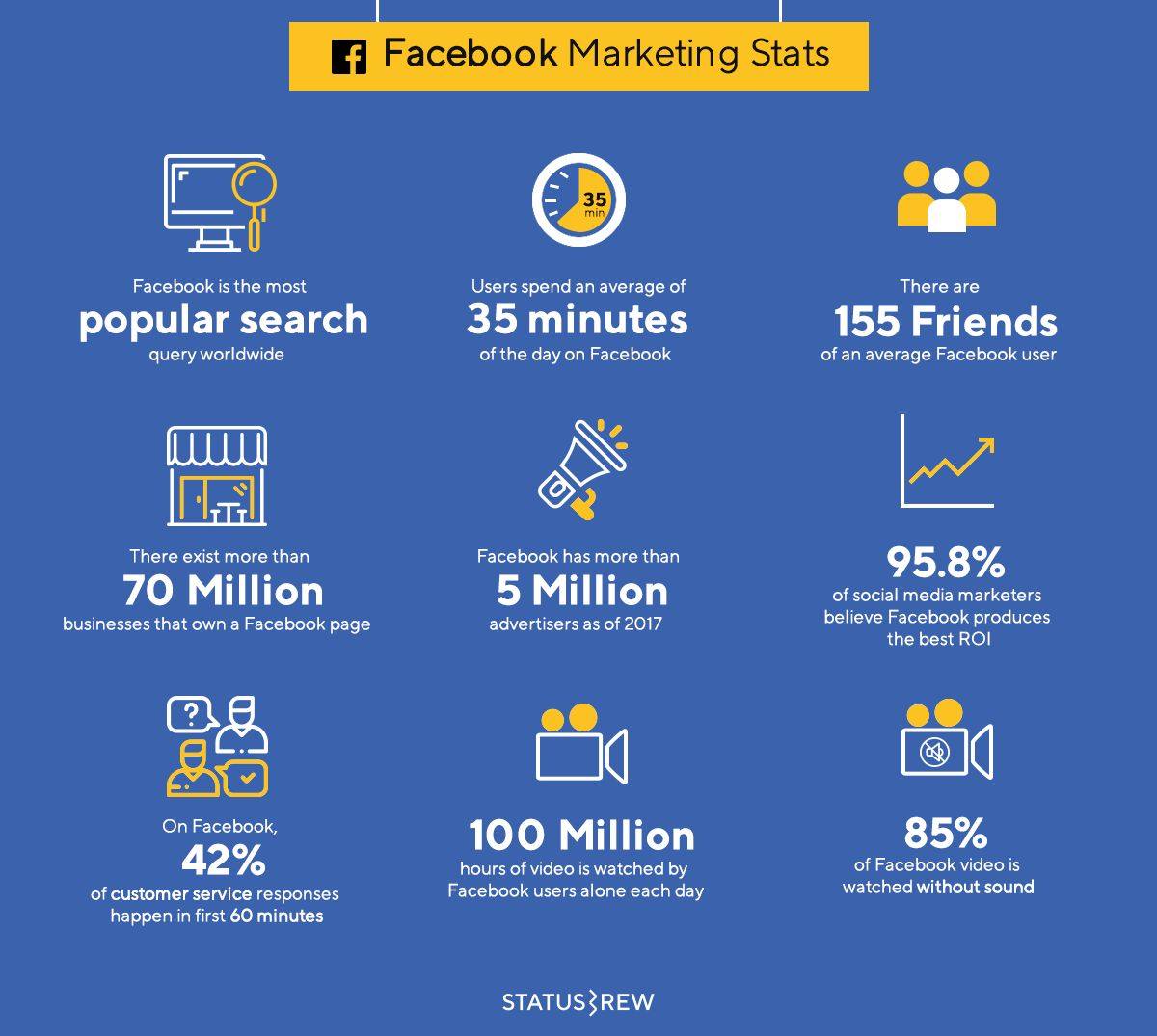
Your business Facebook page can build up social activity around the content of your site, and it is an exceptional platform to develop the voice of your company and form relationships with your customers by showing the human side of your business. Ideally, you should combine promotional posts with appealing, non-commercial content in order to maintain high levels of engagement with your audience and potential customers. It is important to remember though that there is also a great deal of competition.
Twitter is one of the oldest social media platforms, with over 330 million monthly active users where you can post photos and videos with a character-limit copy. Still, if you want to reach out to your customers with in-the-moment-information like breaking news, product updates, and other announcements, Twitter is the go-to platform. Additionally, with many users tweeting brands directly to voice their questions and opinions, Twitter can be an excellent customer service tool.
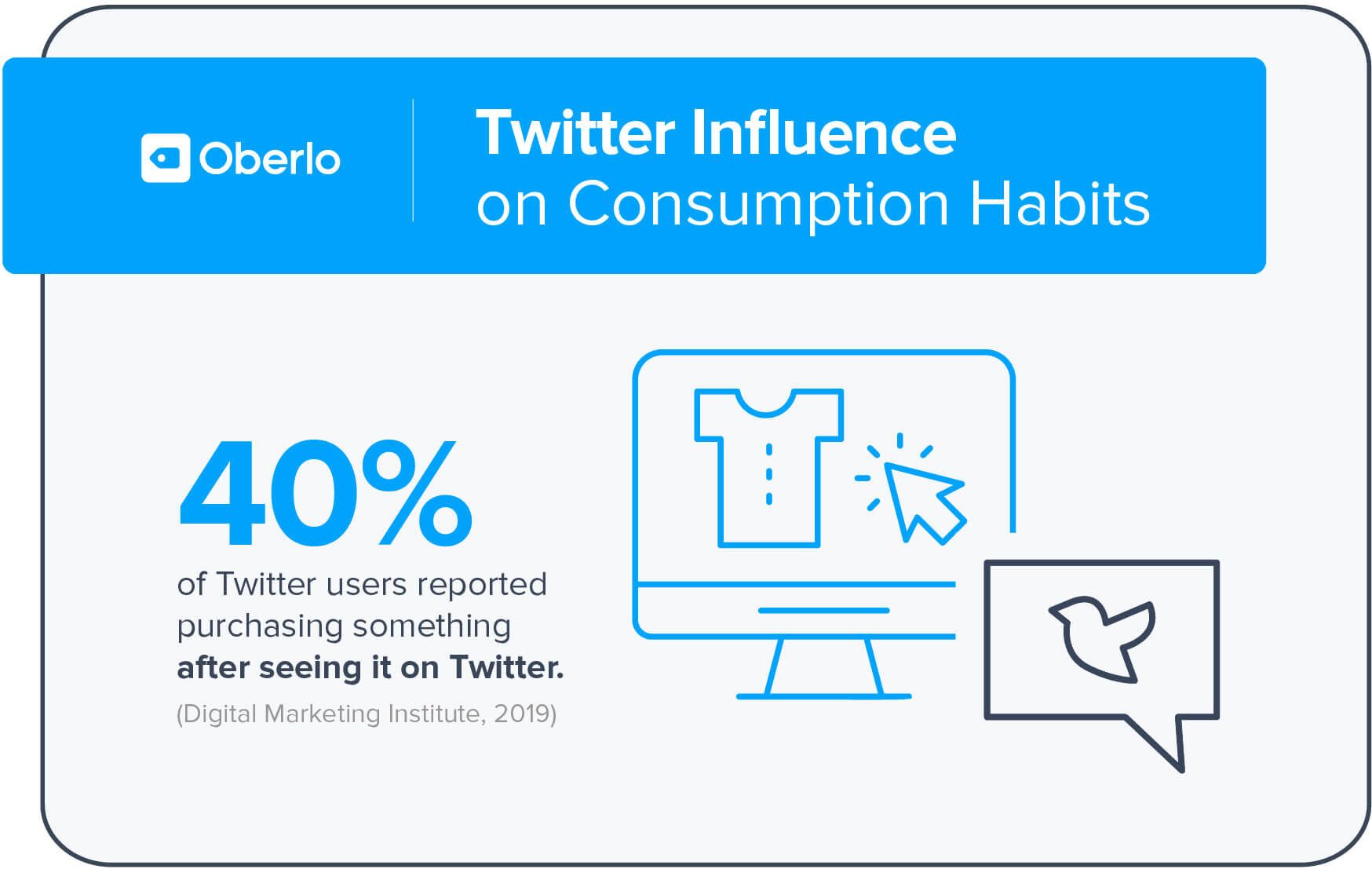
Due to its highly visual nature and 500 million daily active users, Instagram offers e-commerce businesses a very attractive way of marketing their products. Instagram is owned by Facebook and has access to the same advertising platform and some of the most advance social commerce features among social media platforms like Instagram Shopping and Instagram Checkout.
In addition to sharing product photos, you can use Instagram to add a human factor to your business by sharing with users behind-the-scenes glimpses like photos of your team, events, business and product development videos, and more. One of the few downsides of the platform is that, similar to Facebook, users are not able to view the content in chronological order. Nevertheless, Instagram can be used as a powerful brand-building tool, especially if your business falls into an image-heavy industry.
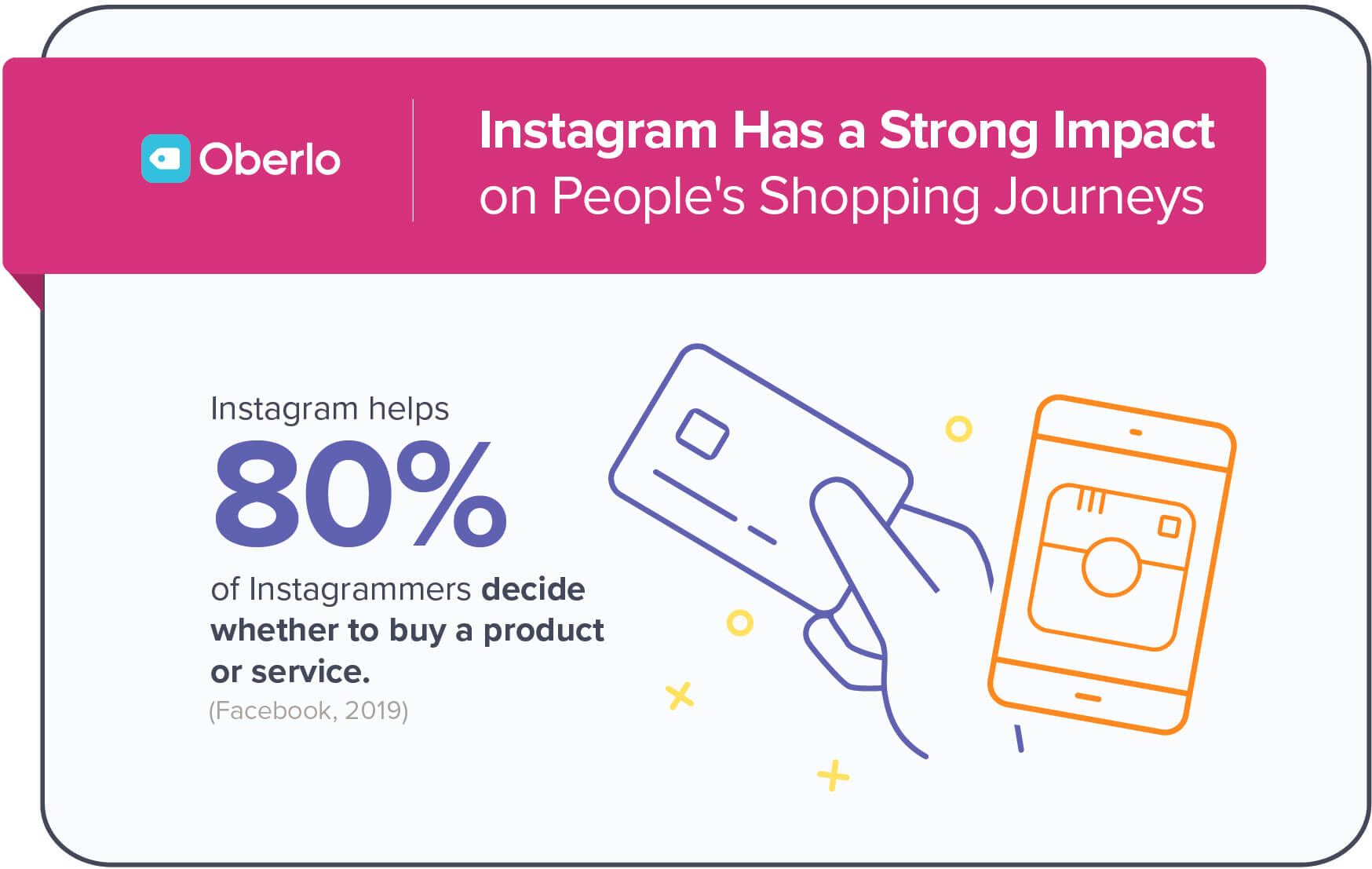
If you want more in-depth information about Instagram, check this very comprehensive Instagram demographics
report made by Hootsuite.
With 675 million monthly active users, LinkedIn is the Facebook for professionals. Of those using the platform monthly, 46.97% are accessing it on a daily basis. LinkedIn is a fantastic networking and lead-generation tool, especially for B2B (business-to-business) companies (94% of B2B marketers are using LinkedIn as a content distribution channel).
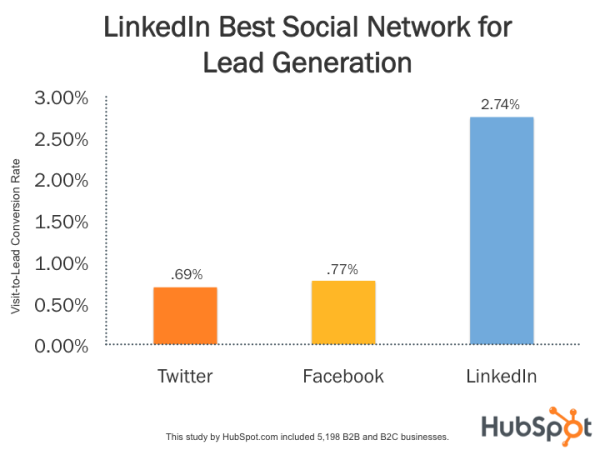
You can build authority for your brand, increase traffic to your website, and build professional connections by sharing engaging content, posting product updates and guides in the news feed, joining groups, and participating in industry discussions. In 2016, Microsoft acquired LinkedIn for $26.2 million.
You can find the top 10 tips on how to post on LinkedIn here.
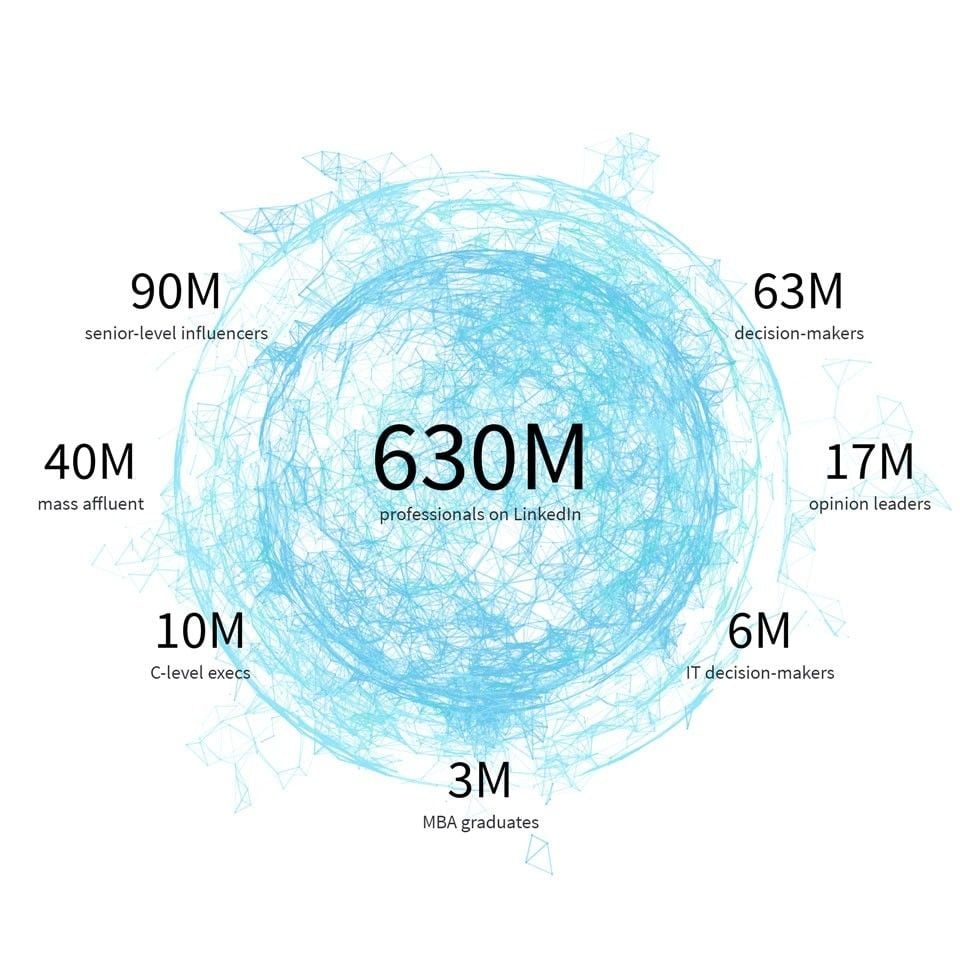
YouTube
Thought of as merely a video-sharing platform, YouTube’s use as a social media tool is often overlooked by businesses. Video will account for 82% of all Internet traffic by 2022 according to Cisco, and YouTube is also the second-largest search engine in the world with 2 billion monthly active users and over 30 million daily active users.
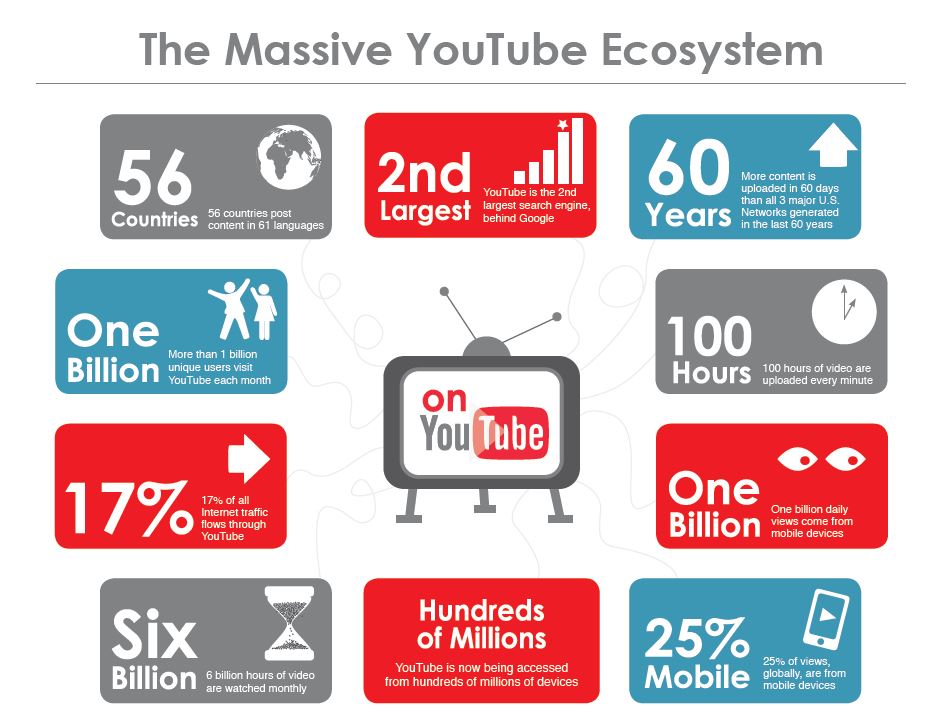
Similar to Instagram, YouTube has the benefit of visual content, although with the unique advantage of being owned by Google. Therefore, you can make your company’s videos rank higher by including the searched keywords in the title, video description, and keyword tool, helping improving your SEO and brand presence. YouTube also makes use of Google’s advertising platform when running YouTube ads. Every company can share promotional videos, ‘how to’ guides, as well as ‘behind the scenes’ videos, connecting that way with your customers in a new way, by making them feel part of your e-commerce business.
Learn how to create a YouTube for Business account here and dive into the world of YouTube marketing using Hootsuite’s all-inclusive guide.






